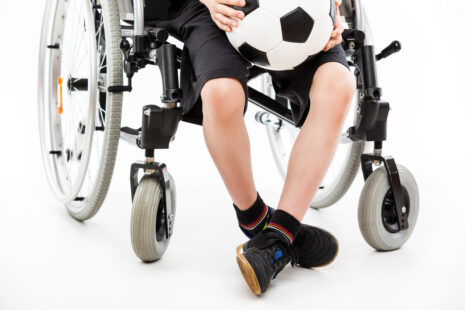The symptoms of a torn ligament in the knee can fluctuate based on the severity and specific location of the injury.
Common signs and symptoms may include…
- Pain – Torn ligaments in the knee typically cause significant pain, especially at the time of injury. The pain may be sharp or intense and can worsen with movement or weight-bearing activities.
- Swelling – Swelling around the knee joint is a common symptom of a torn ligament. The knee may appear swollen and feel tender to the touch.
- Instability – A torn ligament can result in instability or a feeling of “giving way” in the knee. You may feel as though the knee cannot support your weight properly, particularly during activities such as walking, standing, or changing direction.
- Limited Range of Motion – Torn ligaments can restrict the knee’s range of motion, making it difficult to fully bend or straighten the knee. This limitation in movement may be accompanied by stiffness or tightness in the joint.
- Popping Sensation – Some individuals may experience a popping or snapping sensation at the time of injury, indicating the tearing of a ligament. This sensation may be accompanied by immediate pain and swelling.
- Bruising – In some cases, bruising may develop around the knee joint due to bleeding within the tissues. The bruising may appear several hours or days after the injury occurs.
- Difficulty Weight Bearing – Severe ligament injuries can make it challenging to bear weight on the affected leg. You may have difficulty standing, walking, or putting weight on the injured knee.
Note that these symptoms can also occur with other knee injuries, such as meniscus tears or cartilage damage. If you experience any of these symptoms following a knee injury, it’s necessary to seek prompt medical evaluation for an accurate diagnosis and appropriate treatment. A healthcare professional, such as an orthopedic surgeon or sports medicine physician, can assess the severity of the injury and recommend the most suitable course of action for recovery.




